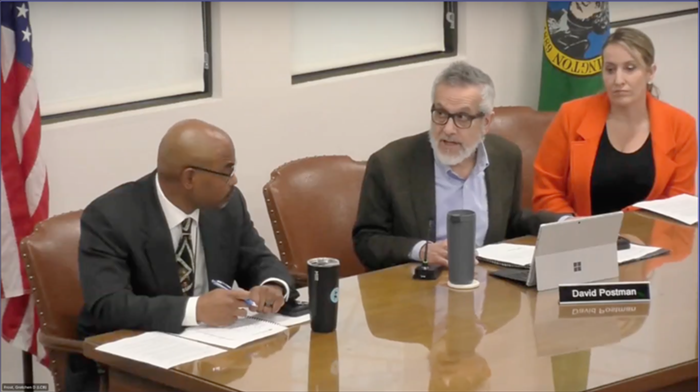This guest post is by Carole Martens and Polly Aird, who are representing the Wedgwood Open Space Neighborhood Coalition.
We cannot support Proposition 2 of the BEX IV Capital School Levy. A NO vote on Proposition 2, one of two school levies on the ballot this month, will buy time. Time will allow the Seattle Public Schools (SPS) to take a second look and submit a revised plan to the voters in May 2013.
Proposition 2 does not suit Seattle. It includes building six 650-seat, K-5 schools across the city at a cost of up to $43.2 million each.
Replacing neighborhood schools, these mega schools of 91,000 square feet would be out-of-scale with our older, small-scale, single-family residential communities which do not have the infrastructure to support increased traffic and parking. The Environmental Impact Statement (EIS) notes that a school of 650 could generate 840 additional car trips daily (according to the BEX IV CIP Revised Final EIS, July 2012, p. 3-32).
The plan for Thornton Creek School is to build a second K-5, 650-seat school on the existing play field, making a campus of 1,000 students. Most of the narrow, cut-through streets leading to the school from arterials have no sidewalks. This would make walking or biking to school dangerous for students and would lead parents to drive their children, further increasing traffic. It would also mean that the open space used by the community in off-hours would be gone for good. The sports leagues that currently heavily use the play fields would be in a bind. And most important, students would have little space for recess.
A new mega school at Thornton Creek would add a fourth elementary school in an area approximately 1.5 miles wide. In contrast, Lake City—designated a hub urban village where density is being encouraged—is lacking in schools. In 2009, SPS closed five schools, including one they are currently reopening (T.T. Minor). Their news release on January 29, 2009, stated as one of the justifications for the closures, to “balance availability of space with where students live.” The city is issuing permits for new housing units in Lake City and they are being built without any thought to schools and no coordination between city and school planning. Equitable siting of the new schools would alleviate capacity pressure at all schools and, to use SPS’s words, balance availability of space with where students live.
SPS has a poor record on enrollment projections and property management. School property has been sold, including University Heights, Ravenna, and Fairview. In 2009, schools were closed as “not needed” at a high cost to taxpayers; now some closed schools will have to be re-opened at a high cost to taxpayers. Other schools were leased under long-term agreements in areas that are now increasing in density; buying out such leases are another taxpayer expense.
Seattle needs to preserve open space and play fields in a city that is becoming more dense—once open space is gone, it is gone. We need to respect, not denigrate, the character of our neighborhoods. We need reliable enrollment projections before spending $43.2 million of taxpayer dollars to build schools that may later be surplussed.
(An op-ed in favor of the school levies can be found here — Eds.)


















